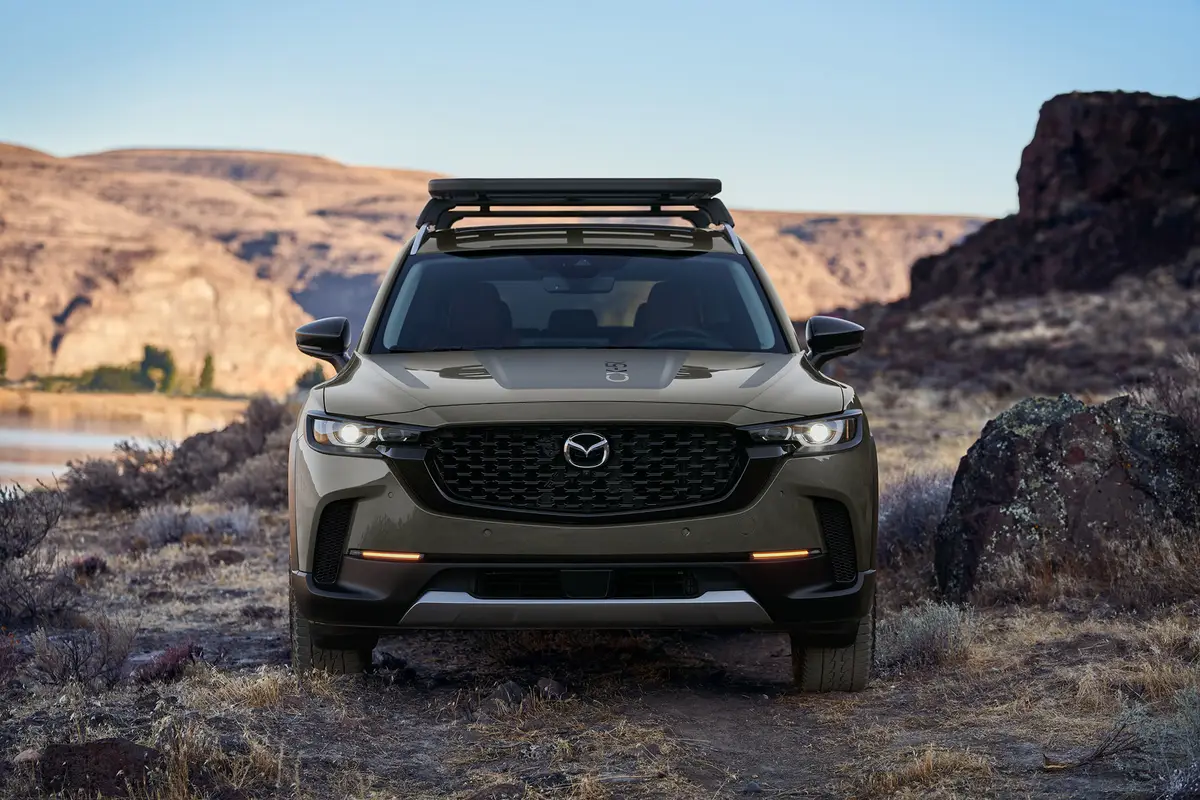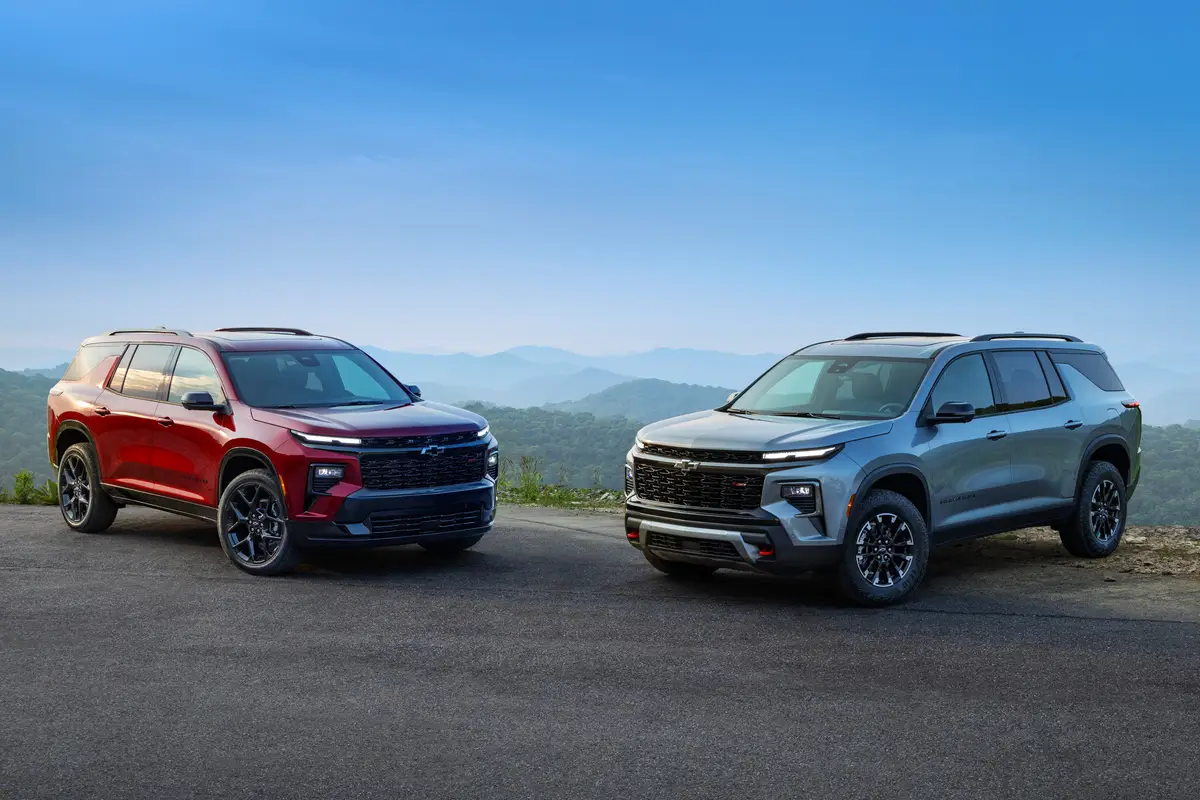Orlando Sentinel's view
The first generation Mitsubishi Eclipse, introduced in 1990, always has been one of my favorite cars – not just because of its spirited performance and exemplary handling, but because of its clean, beautifully proportioned styling.
Of all the inexpensive sporty coupes that have been built in the last 20 years, I think the Eclipse and its siblings – the Eagle Talon and the Plymouth Laser – will endure the test of time better than the cars with which they compete.
You can take this to the bank: The original Eclipse will not only look great 10 years from now but probably will hold together well too. In fact, Consumer Reports gives the original Eclipse high marks in every area.
It’s not easy bringing out a successor to such a great car. Look how long it has taken Ford to recapture the magic of the original Mustang.
However, after spending seven exhilarating days in the driver’s seat of a turbocharged 1995 Eclipse GS-T, I am pleased to report that Mitsubishi has successfully passed the torch from the first generation to the second.
In fact, Mitsubishi not only preserved the spirit of the original, it also improved the Eclipse in a number of ways. For instance, the new Eclipse sports a sexy new body that some would consider appropriate for an expensive exotic sports car. The old Eclipse had no air bags. The new model has two.
PERFORMANCE
The Eclipse GS-T features one of the smoothest, most powerful four-cylinder engines you can buy.
When bolted to the standard five-speed manual transaxle, the Mitsubishi-built turbocharged 2.0-liter, 16-valve, double overhead cam, four-cylinder engine churns out a pulse-quickening 210 horsepower.
If you opt for the computer-controlled four-speed automatic, horsepower drops to 205.
Our test car, painted a funky pumpkin shade of orange that Mitsubishi calls Durango Copper, came with the stick shift, which made the car a blast to drive – literally.
A turbocharger givesthe Eclipse its muscle. A turbocharger is a pump located in the exhaust system near the engine. Powered by exhaust gasses, it blasts a denser mixture of fuel and air into the engine and allows the small engine make more horsepower.
When you step on the accelerator, power comes up quickly and keeps building as the turbocharger gains speed and pumps more fuel and air into the engine.
Accelerating quickly elicits a symphony of pleasing sounds. In front, the turbocharger makes a quiet but high-pitched whine; in the rear, a hushed roar comes from the exhaust system. Such subtle noises add to the character of the car and help make it fun to drive.
The Eclipse remains a front-wheel drive car, but there is no trace or torque-steer, a pulling to the left or right under hard acceleration. That’s a sign of high-quality engineering.
The five-speed transmission shifts easily through the gears, and the clutch pedal requires no extraordinary measures to operate. Some spor ts cars, especially high-powered ones, require a strong leg to press the clutch pedal.
Because of spirited driving, fuel mileage came in just below EPA estimates during my 402-mile test drive. The test car averaged 21 mpg of premium unleaded in the city and 29 on the highway.
Note: The Eclipse is available in two lower-priced models, the RS ($14,059) and the GS ($16,329), which come with a Chrysler-built 2.0-liter engine that makes 140 horsepower. Also, Mitsubishi is again offering an all-wheel-drive model in the Eclipse GSX, which is outfitted with the turbocharged engine.
HANDLING
There are a few lower-priced sports cars, such as the Ford Probe GT and Toyota MR2 Turbo, that handle so well that they let you explore your own skills as a driver.
The new Eclipse also deserves a space in that elite group. The car handles so well that there is very little you can do to cause it to lose traction during aggressive driving.
I found only one situa ion in which I had to use caution: In wet weather, the front wheels can lose tract ion when the turbocharger spools up. When that happens you have to back off the accelerator.
There are several reasons why the new Eclipse handles better than the last model: It is wider and lower, which adds stability, and it has a stiffer body structure. And that allowed engineers to fine-tune the suspension system.
Underneath, the Eclipse GS-T has a four-wheel independent suspension system, power-assisted rack-and-pinion steering and power-assisted four-wheel disc brakes.
The ride is generally quiet, even on bad roads. As with other sporty coupes, the suspension is taut, which helps keep the body from leaning during hard curves. However, the driver isn’t punished by the suspension system. There is a enough up-and-down movement in the wheels to prevent occupants from being jarred severely over bad bumps.
Mitsubishi engineers have done a great job matching the steering and brakes to the car’s suspension and drivetrain. The feeling you get behind the wheel is one of balance and harmony.
FIT AND FINISH
The new Eclipse retains the same basic layout as the original. It’s a 2+2, meaning that it holds two up front and can hold two passengers in the rear when the seats are not folded down.
Like the original, the new Eclipse also isn’t user friendly for adult-sized rear passengers. However, small children will have enough room to be comfortable in the back seats.
Other than that, the new car has been improved in just about every other way.
The seats, for instance, are truly excellent. Our test car came with the optional leather interior ($789). Not only did the sharp-looking, leather-covered seats convey class, they were exceptionally comfortable. The driver can adjust the power seat back and forth and up and down by reaching down and moving a button in the desired direction.
The air-conditioning system seemed powerful enough to cool a house. The controls, three rotary dials, make the system easy to use. Other switches also are located in convenient places.
With the split rear seats folded forward, the Eclipse has decent cargo-carrying capacity. I squeezed a child-size bicycle into the rear and was able to close the hatch.
The Eclipse, as well as the new Eagle Talon, is built at Diamond Star Motors, a plant in Illinois operated by Chrysler and Mitsubishi. The Plymouth Laser has been dropped for 1995.
Ifyou’ve always wanted a car that is fast and fun, be sure and take the new Eclipse for a test drive. It’s one of the best all-round sports coupes on the market.
Specifications:
1995 Mitsubishi Eclipse GS-T Base price: $19,999 EPA rating: 23 mpg city/31 mpg highway Price as tested: $21,973 Incentives: None
Truett’s tip: The new Eclipse is fast, fun to drive, sharp-looking and loaded with safe ty features. It gets my vote as the best all-round sports coupe under $25,000.
Latest news



